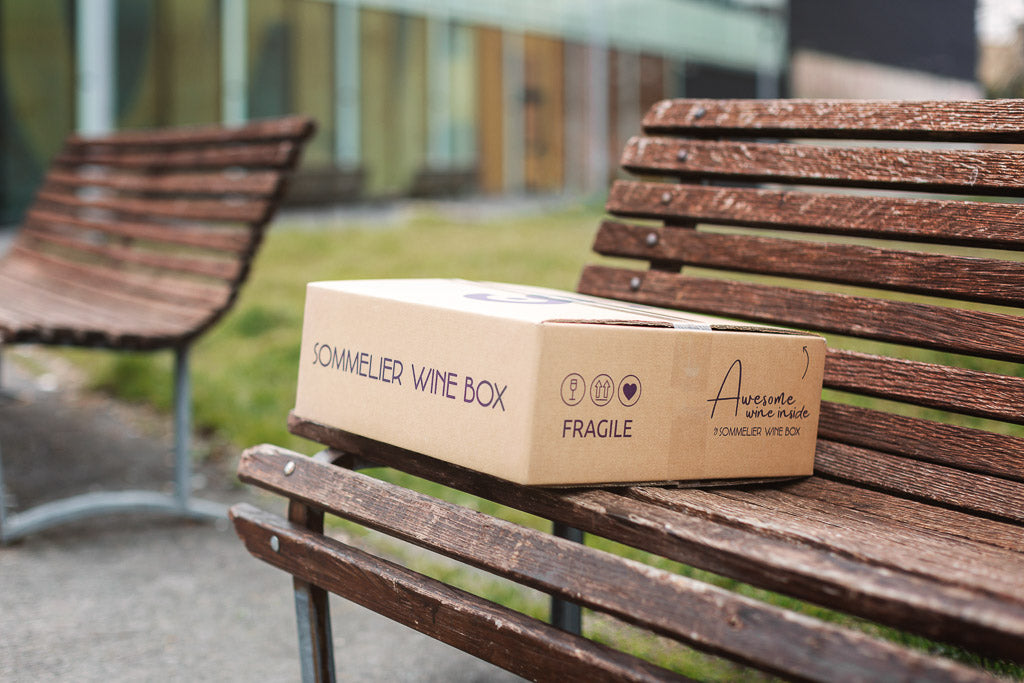Halfway between reds and whites, pink wines are gaining the place they deserve in the Italian wine scene, because they have found it in the global one some time ago. Rosé, in fact, offers really interesting ideas to those who want to take them. In summer, but not only.
Rosés are generally produced with red grapes and since the coloring substances are contained in the skins, rosés are obtained by limiting the time in which they macerate in the must. The greater the contact with the pomace, the more colorful the wine will be and richer in aromas and flavors.
Nine questions and nine answers on pink wines
1. Are rosés obtained from a blend of white and red wines?
False, it is prohibited by law except for sparkling wines.
2. Is it forbidden to mix white and red grapes to make rosé?
False, it can be done at the grape or must level.
3. Does the fortune of rosé come from France?
True, in Provence there is a great tradition. In Italy, the Rosé del Salento and the Cerasuolo d'Abruzzo are famous.
4. Are pink wines available from the spring following the harvest?
Generally yes.
5. Can rosés mature in barrel?
Yes, these are rare cases but some manufacturers do it.
6. Should rosés be consumed within the year?
False. As a rule, consumption is recommended within two years, and well-made rosés can evolve even beyond that.
7. Are rosés low in tannins?
True, in this sense they are halfway between whites and reds. From an organoleptic point of view they have some qualities of reds, including tannicity, and others of whites, including freshness.
8. Are pink wines made with a single winemaking technique?
No: the winemaking techniques are different. However, rosés are produced at the beginning like reds (with maceration on the skins of varying duration, short or long) and at the end like whites (fermentation without pomace).
9. Is it difficult to combine them at the table?
In reverse! Pink wines are extremely versatile and can be paired with starters, first courses, meat and fish, cheeses and pizza (a classic). In particular, they are perfect when combining a white is too little and a red appears decidedly too much. They should be served between 10 and 12° C, if young, between 12 and 14° C in the case of more mature pink wines.




